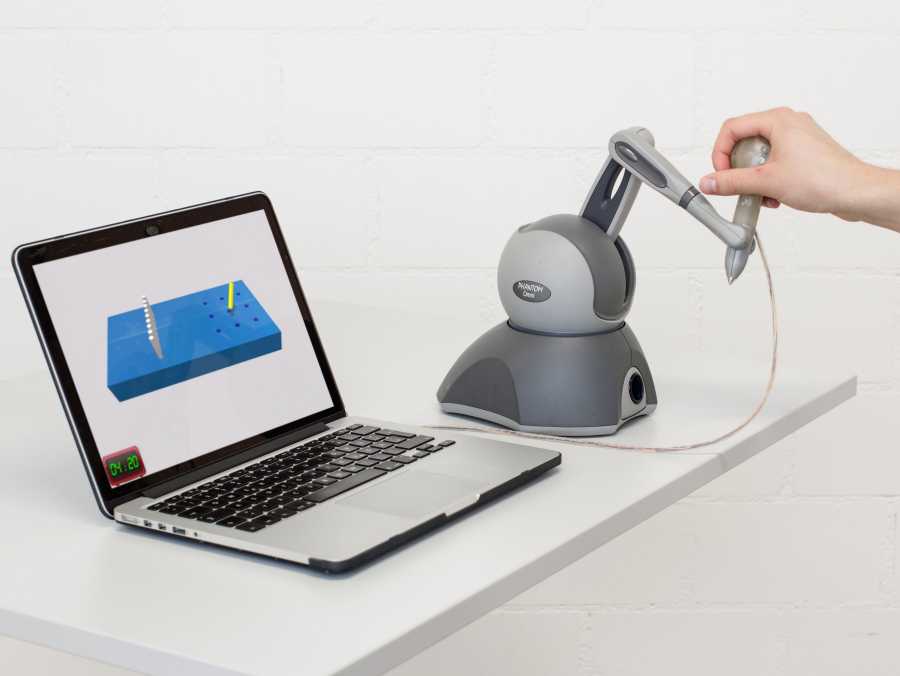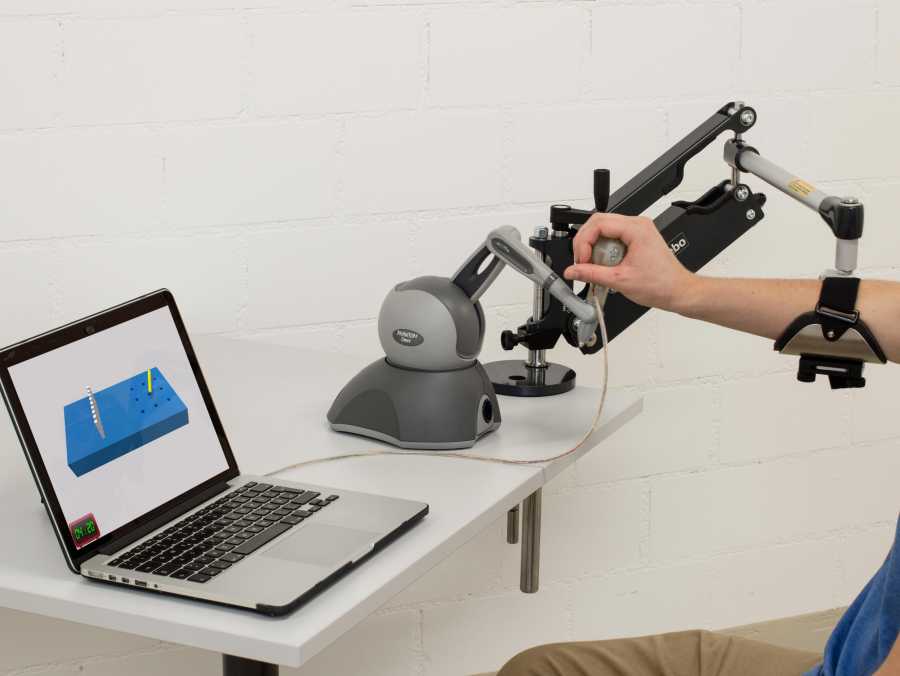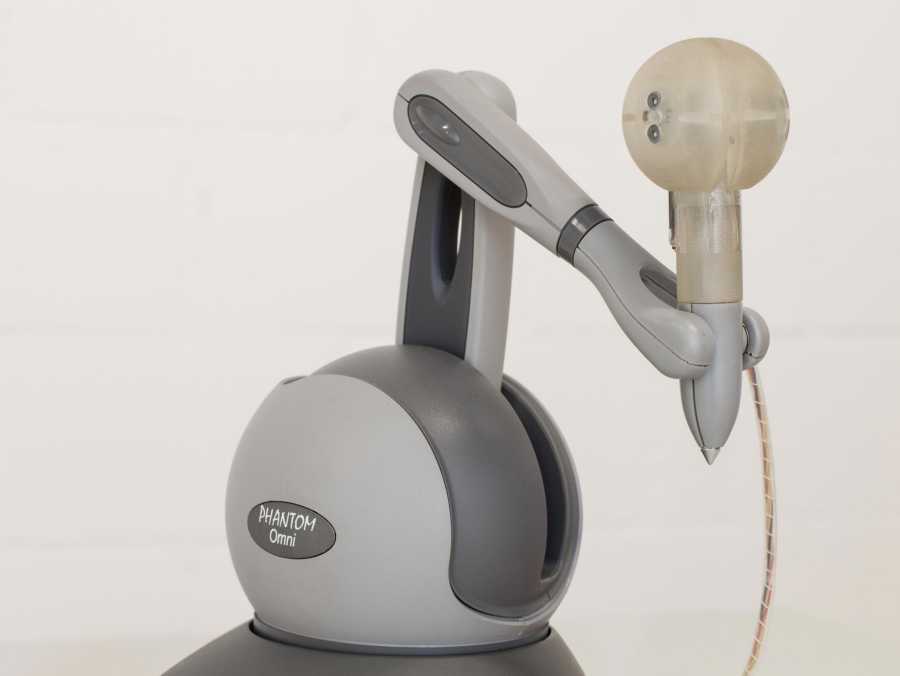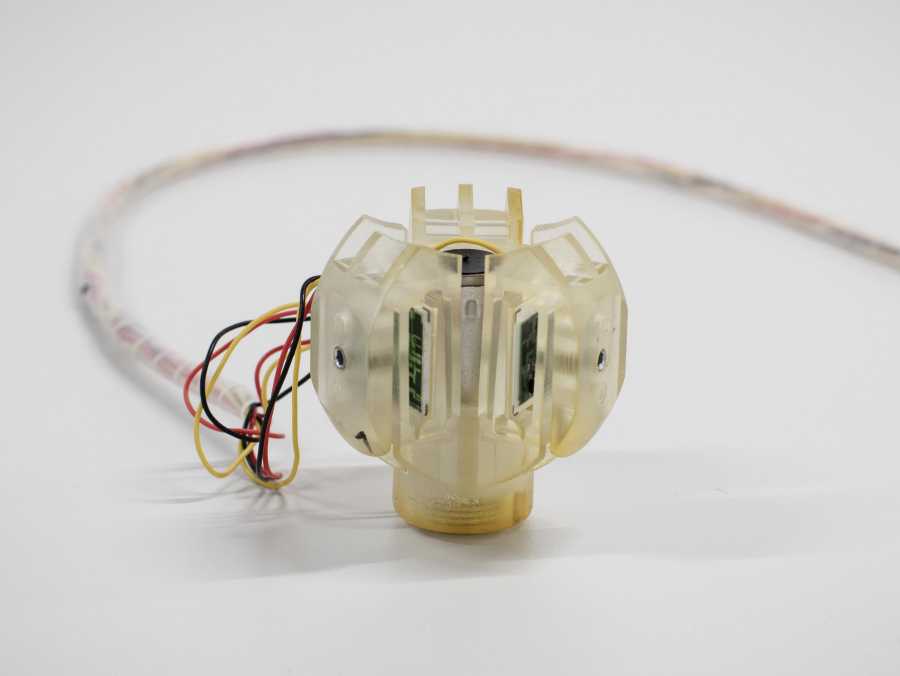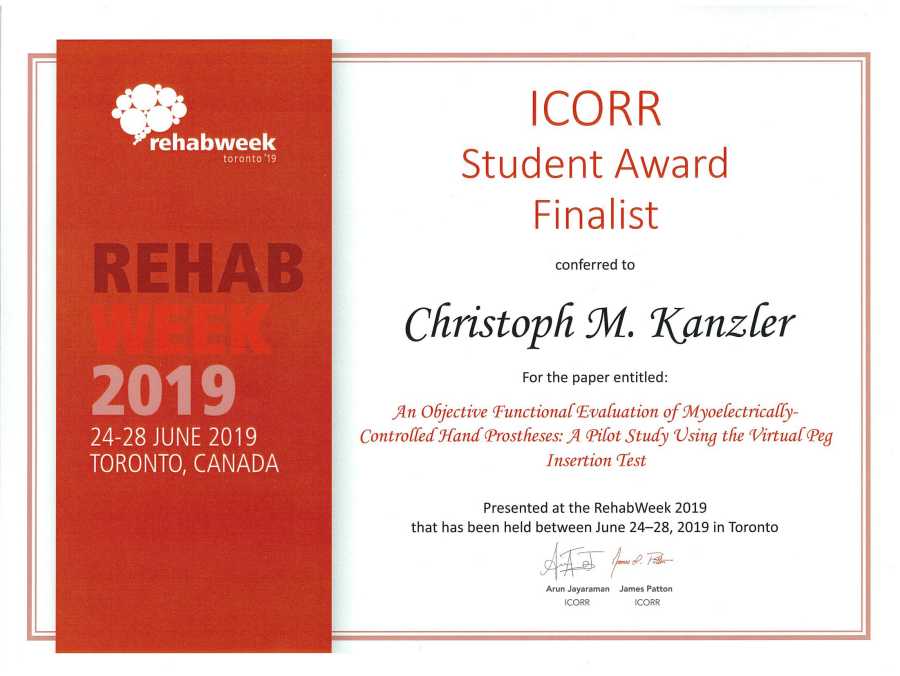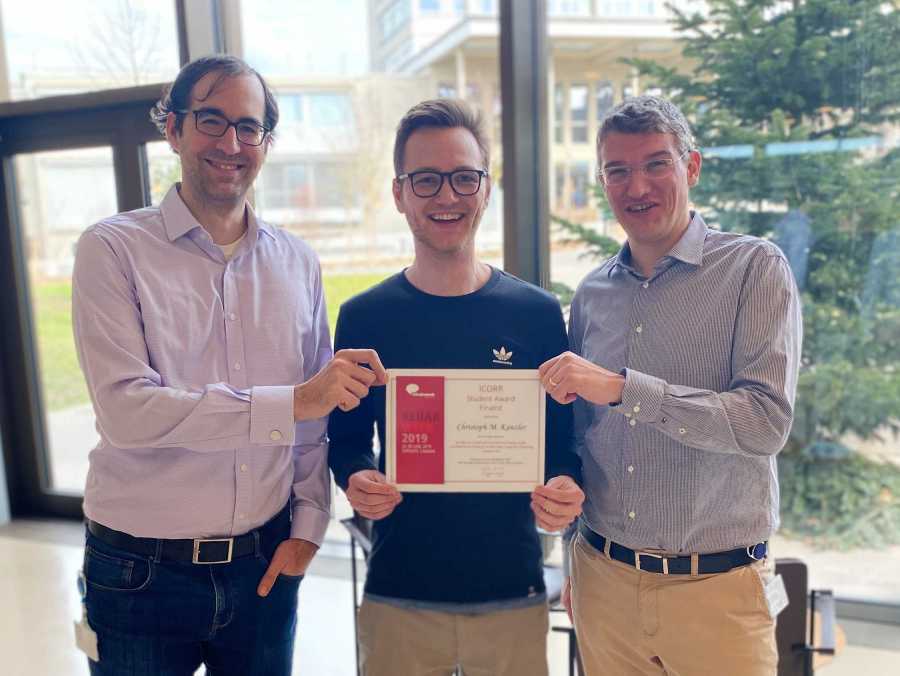Assessment of Upper Limb Function with the Virtual Peg Insertion Test
The Virtual Peg Insertion Test is a tool for the objective assessment of grasping and manipulation function. It combines a commercial haptic device, an instrumented handle and a virtual reality environment. Performance and impariment related parameters can be extracted from position and grip force traces to obtain an objective evaluation of upper limb function. Clinical studies are ongoing with patients suffering from different neurological disorders.
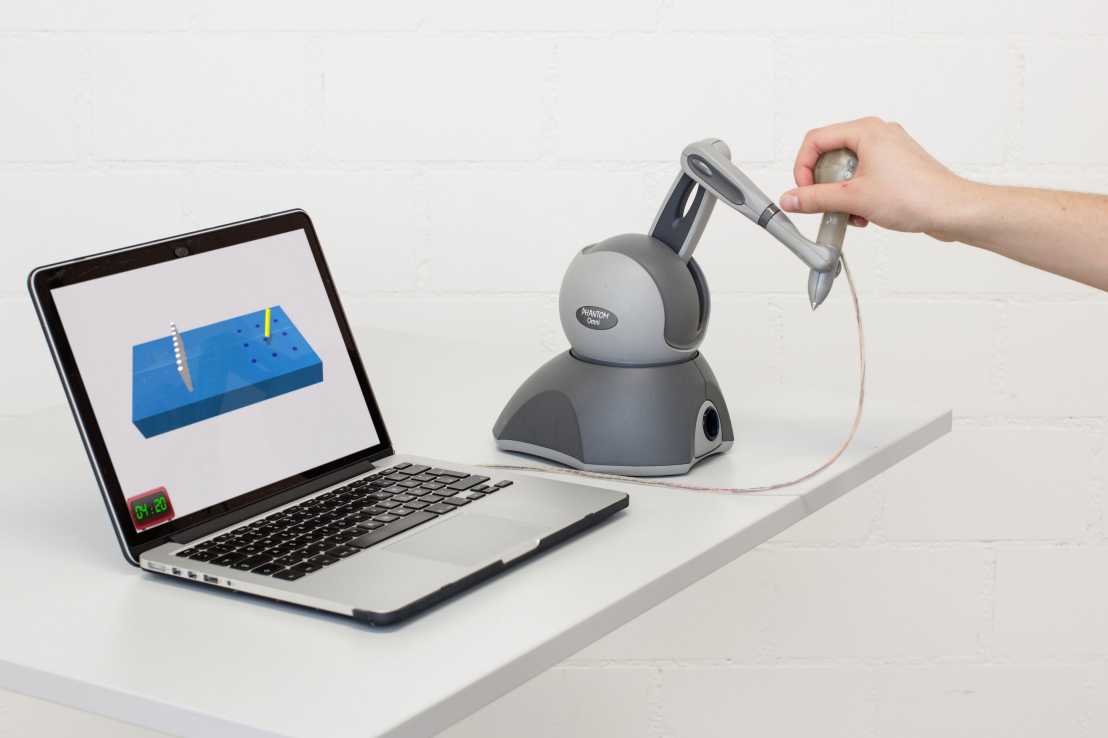
Arm and hand function are often impaired in neurological patients, strongly limiting their ability to perform activities of daily living. Typical upper limb impairments may include deterioration of the ability to precisely control grip force, muscle weakness, abnormal movement synergies, decreased movement speed, somatosensory deficits and tremor. Understanding and quantifying the extent of upper limb impairment is of key importance to establishing patient-tailored therapy programs. However, conventional clinical scales typically do not capture the overall spectrum of upper limb impairment, lack objective, quantitative and sensitive readings, and are often time consuming to administer.
The Virtual Peg Insertion Test (VPIT) is an assessment tool combining a commercial haptic device (Phantom Omni/Geomagic Touch), a handle instrumented with force sensors, and a virtual reality environment which renders a goal-directed pick and place task where patients have to move nine pegs into nine holes in a minimal amount of time (Fluet et al. 2011). This task involves gross upper limb movements and fine hand positioning/orienting in coordination with the control of grasping force. We develop algorithms to extract objective parameters from position and force traces as means to quantitatively evaluate specific upper limb deficits, and closely monitor functional recovery during the course of a rehabilitation intervention. Seven VPIT devices are currently being used as assessment tool in various ongoing clinical trials with stroke, multiple sclerosis and ataxic patients (Lambercy et al. 2013, Gagnon et al. 2014).
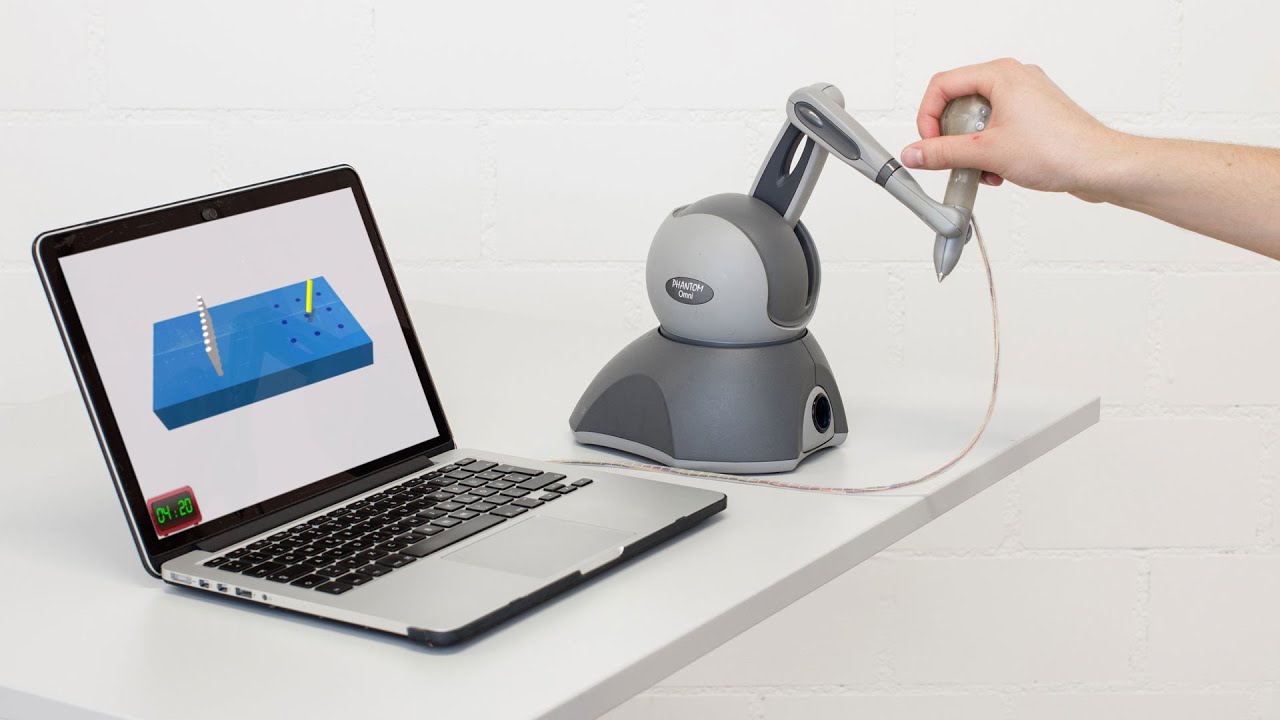
Funding
- European Union's Horizon 2020 research and innovation programme under grant agreement No. 688857, SoftPro
- Olga Mayenfisch Stiftung
- Gebert-Rüf Foundation
- Gottfried und Julia Bangerther-Rhyner-Stiftung
- Swiss National Science Foundation through the National Center of Competence in Neural Plasticity and Repair (NCCR Neuro)
- Swiss MS Society

